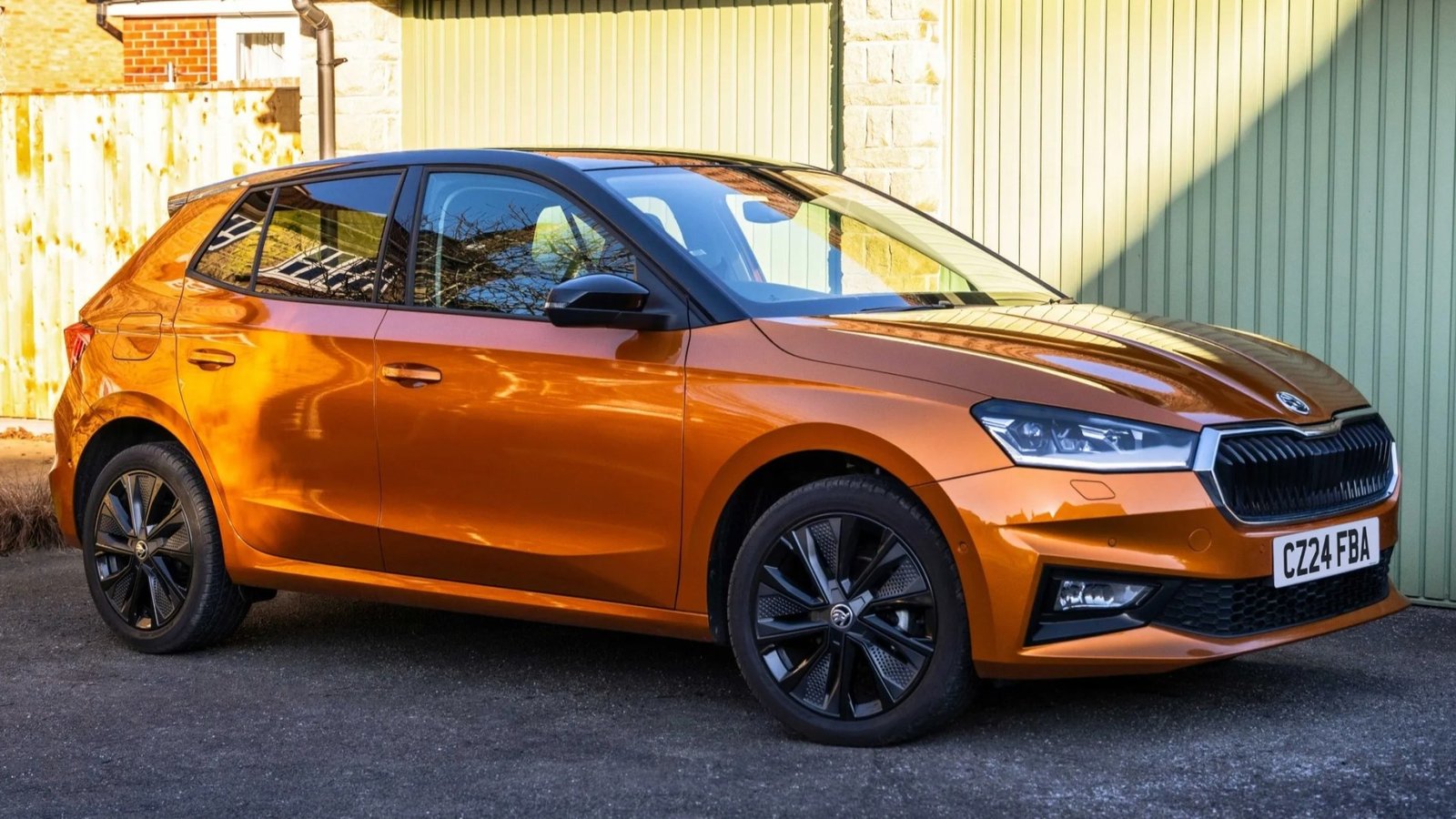A CAR expert has revealed the best cars money can buy for new drivers – known for their safety and manoeuvrability, as well as being both cheap to run and insure.
According to statistics provided by Auto Express, almost a quarter of a million new drivers are due to hit the UK’s roads this spring, with 142,000 of those aged under 25.
It also means spring is one of the busiest times of the year when it comes to driving tests – with the Driver and Vehicle Licensing Agency, or DVLA, predicting 225,875 people will pass their test over the next three months.
With so many young people set to get their licences, it means many new drivers will be stretching their budgets for their first set of wheels – especially with added costs thrown in for things such as car insurance.
THINGS TO CONSIDER
Speaking to Sun Motors, Paul Barker, editor of Auto Express, said: “According to DVLA data, a third of drivers pass their test at 17 or 18 – while 62% of new drivers are under 25 – which means that for the majority of new drivers, insurance premiums will be steep.
“So, with high insurance added to an already tight budget, it can be hard to find a cheap car without sacrificing other must haves – namely a car that is safe and easy to drive.”
The very best first cars for fresh drivers are the ones that offer a combination of safety, equipment, practicality, and easy manoeuvrability.
What’s more, they must be among the cheapest cars to insure, too.
“One of the biggest obstacles for new drivers to overcome is sky-high insurance costs, as insurers see inexperience as a risk.
“If you can avoid claims for 12 months, you will accrue a no-claims discount, which will give you a percentage reduction on your premium,” Paul said.
“Some finance deals include free insurance, though they raise monthly payments.
“One way of boosting a no-claims discount is to fit your car with an insurer-approved ‘black box’, which monitors your driving – return a good score, and the insurer can further reduce your payments.”
Paul also advises drivers to be on the hunt for cars with a high safety record – paying particular notice to the Euro NCAP rating.
He said: “Newer models are safer by default because they feature the most up-to-date safety equipment.
“This could include more advanced systems such as autonomous emergency braking and lane-keeping assist, which allow the car’s systems to intervene in an emergency.”
He also urges drivers to consider the car’s powertrain – and whether it’s petrol,diesel, hybrid or even an EV.
He said: “Small diesel cars are rare, and their fuel savings only pay off with lots of motorway miles – unlikely for a new driver, so small petrol models are best – if available, choose a stop-start system to cut running costs.
“The engine stopping in neutral might feel odd at first, but you will quickly get used to saving fuel and money.
“Smaller hybrid models use a petrol engine and electric motors to lower fuel consumption and emissions and there are plenty of small, easy-to-drive full-electric models available.
“However, they tend to be more expensive, and insurance can be higher. If the fuel and tax savings add up, they could offset the cost – but make sure you have space for a home charger.”
Other important things to look out for when buying a car for a new driver include light steering, good visibility, responsive engine and brakes, user-friendly controls and a positive gearshift.
Paul added: “These all help a new driver build confidence while driving.
“Make sure you take a few test drives in the models on your first car shortlist to decide which one suits you best.”
TOP OF THE POPS
Thankfully, there are a number of motors that combine safety, practicality, manoeuvrability, and cheap insurance.
Among them is the Skoda Fabia, which is priced between £20,295 and £26,195 when new, although cheaper examples can be found on the used car market.
The Fabia combines affordability, comfort, and efficiency, while Paul highlights its spacious interior and low running costs, particularly if you choose the 1.0-litre MPI petrol engine in SE spec.
Similarly, the Kia Picanto, which comes in under £20,000, offers pretty good looks, tech like an 8-inch touchscreen, and Kia’s seven-year warranty, while the hard-to-differentiate Hyundai i10 is priced remarkably similarly to the Picanto, and comes with what Auto Express describe as big-car features in a compact form.
The Toyota Aygo X (£16,515–£21,995) brings SUV-inspired styling to the city car market, while also featuring a useful reversing camera and touchscreen.
For a more premium feel but premium price, the Volkswagen Polo (£21,250–£30,470) comes with a high-quality interior, smooth ride, and driver assistance options.
Budget-conscious buyers might consider the Dacia Sandero (£14,200–£17,700), one the cheapest new cars to buy in the UK.
Despite its low price, it offers practicality with five seats, a 320-litre boot, and low insurance costs.
For those seeking an affordable electric car, the Dacia Spring (£14,995–£16,995) is a no-frills EV perfect for city driving, offering a 140-mile range on a single charge.
Alternatively, the Fiat 500e (£24,995–£33,995) provides chic styling and urban efficiency, with a larger battery option delivering up to 199 miles, though it’s significantly more expensive.
The Renault Clio (£18,595–£24,895) combines style, equipment, and an optional hybrid powertrain, while the Vauxhall Corsa (£18,505–£34,435) remains a practical, versatile choice, available in petrol, hybrid, and electric variants, all featuring modern tech.









